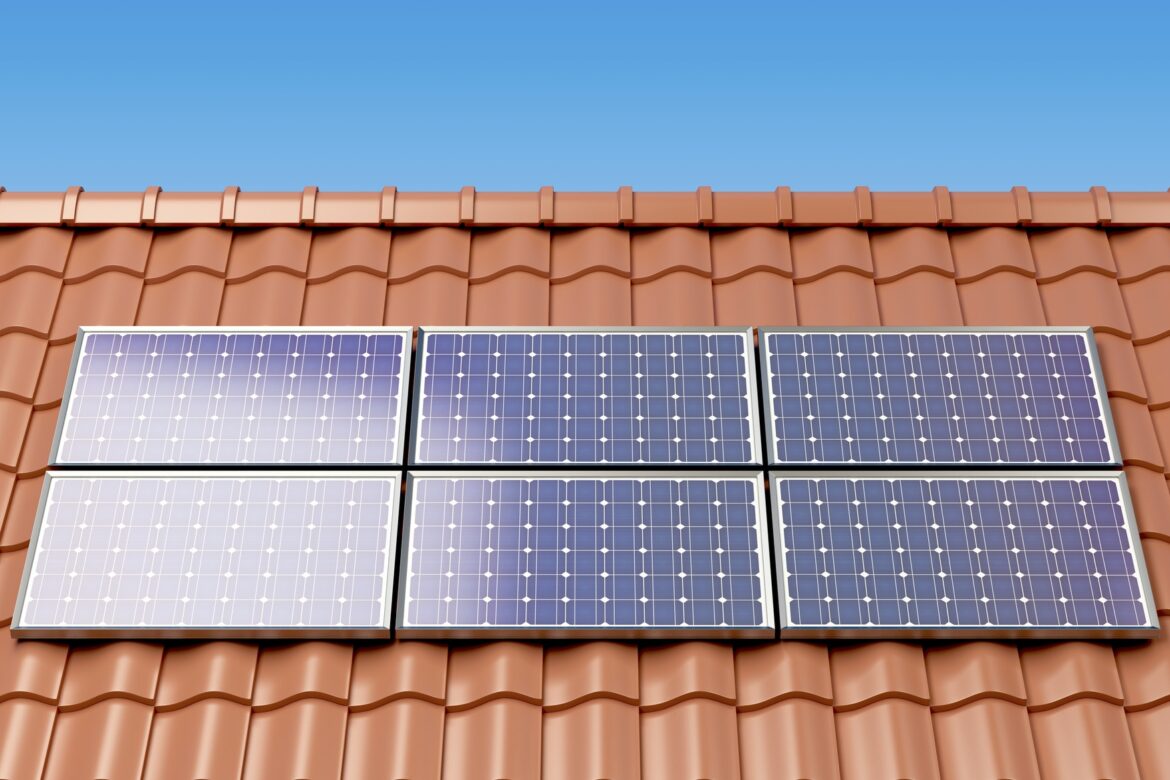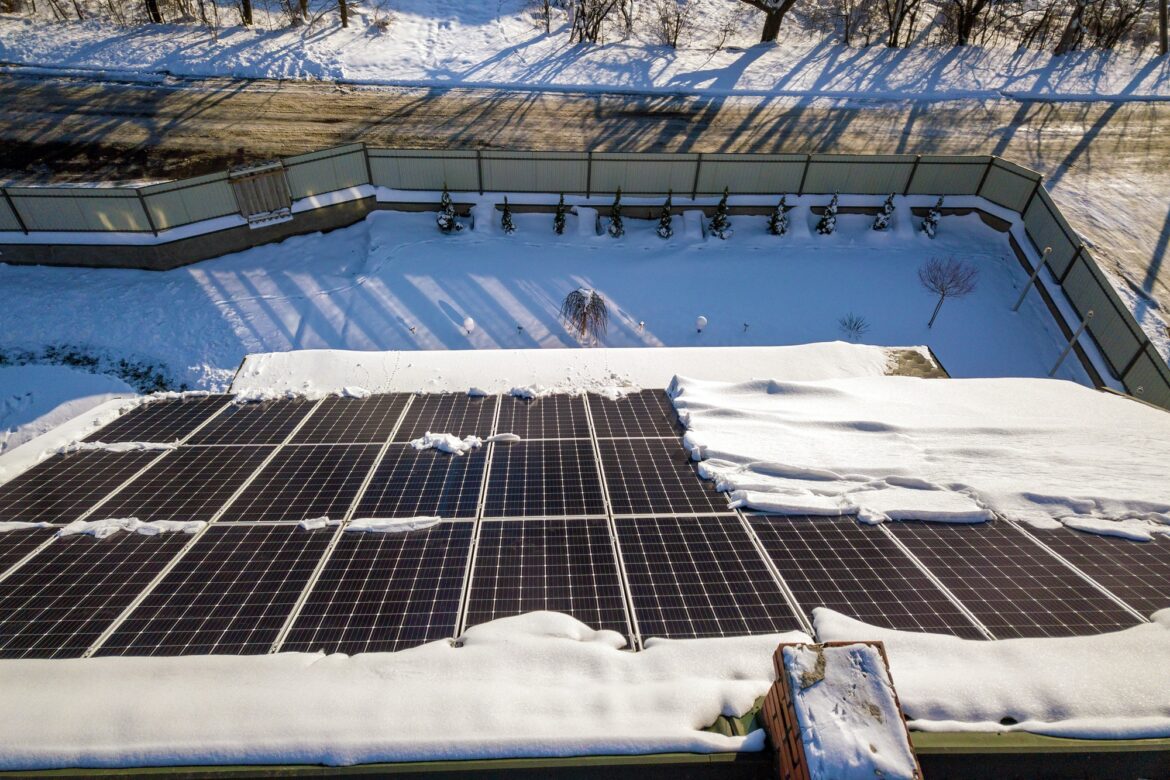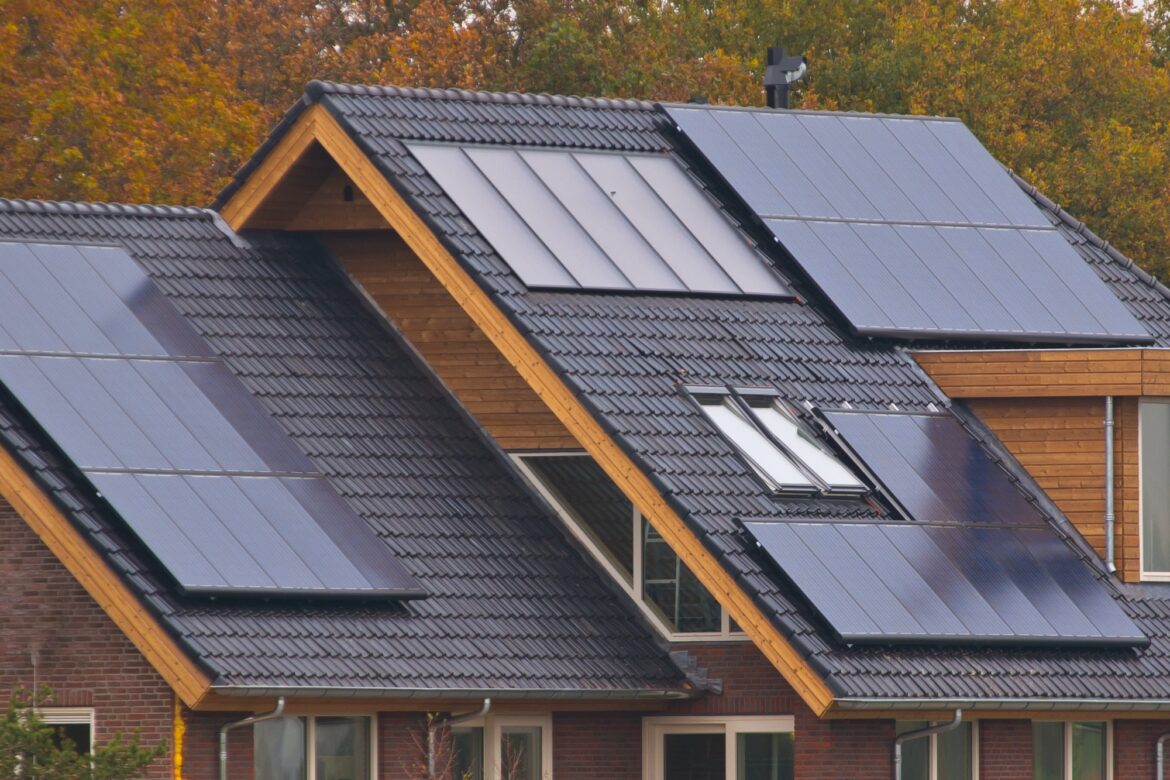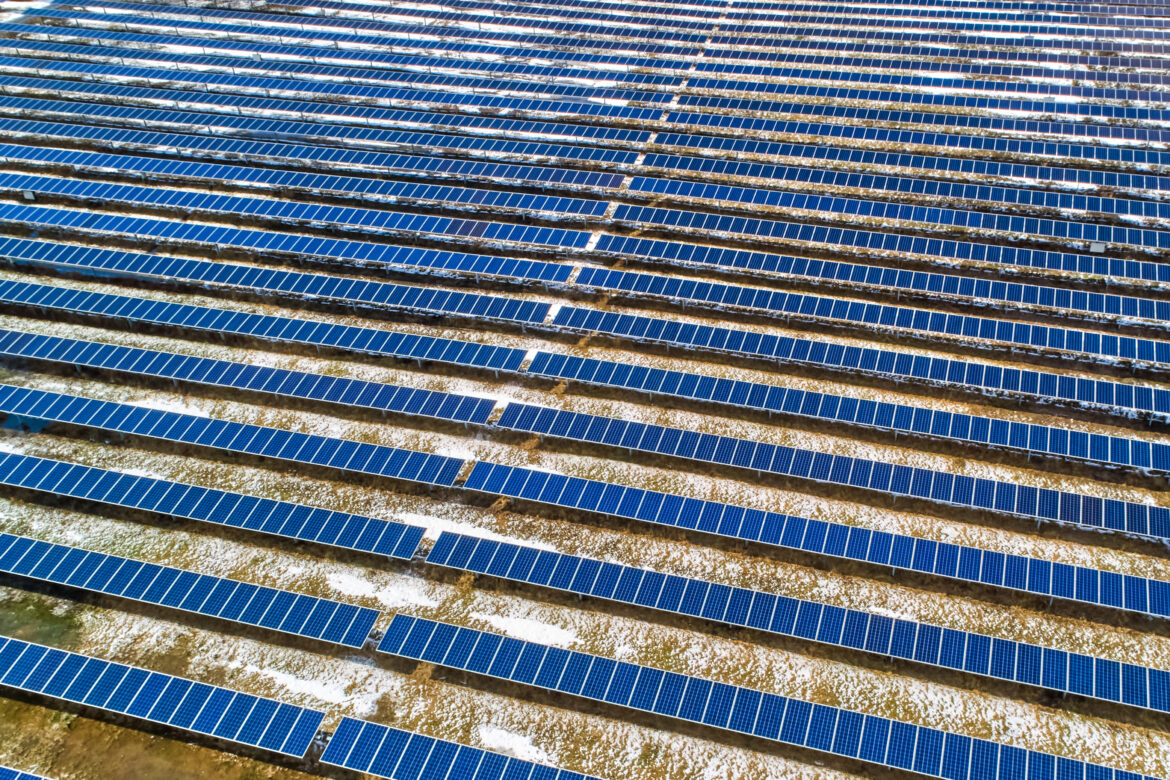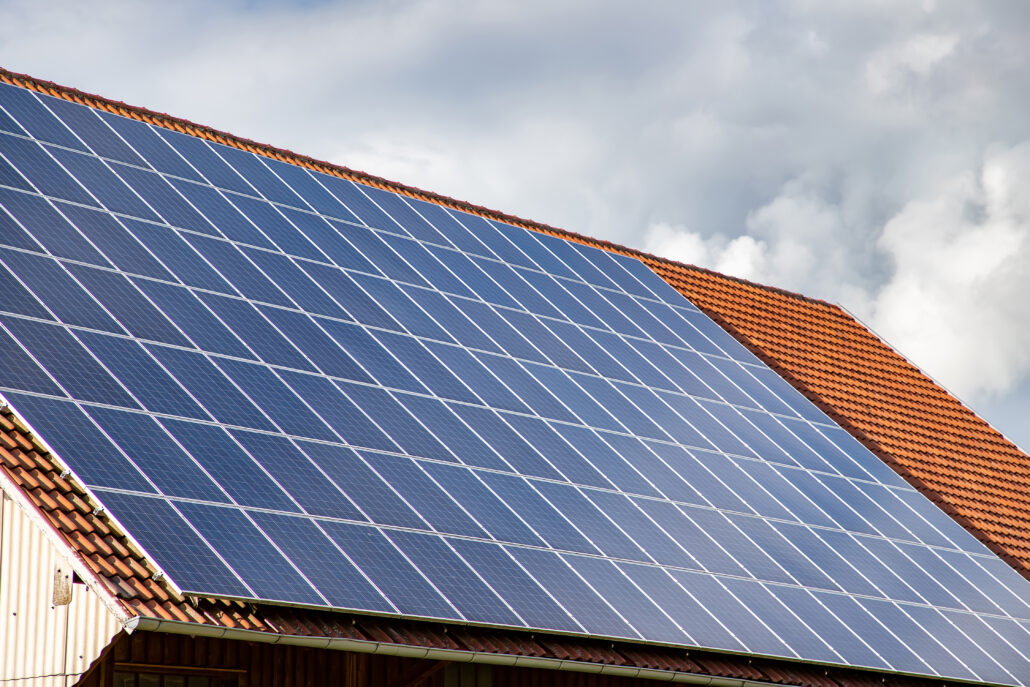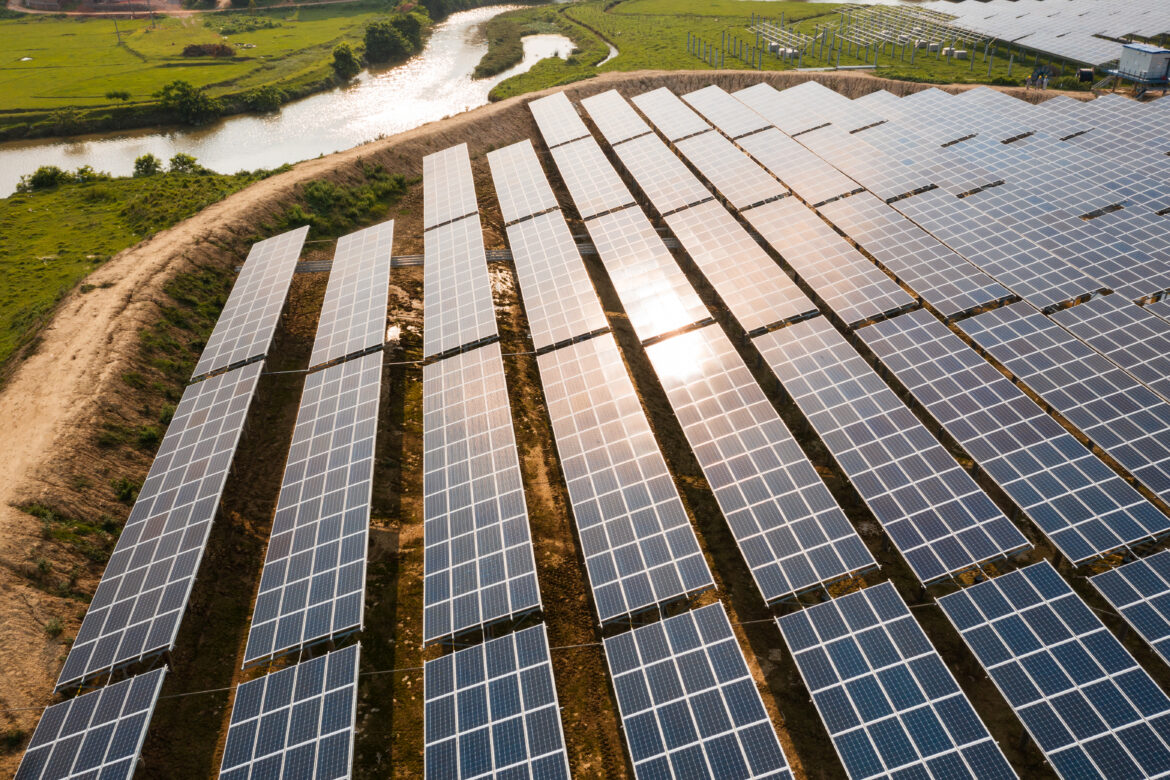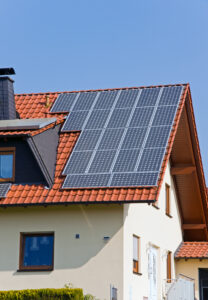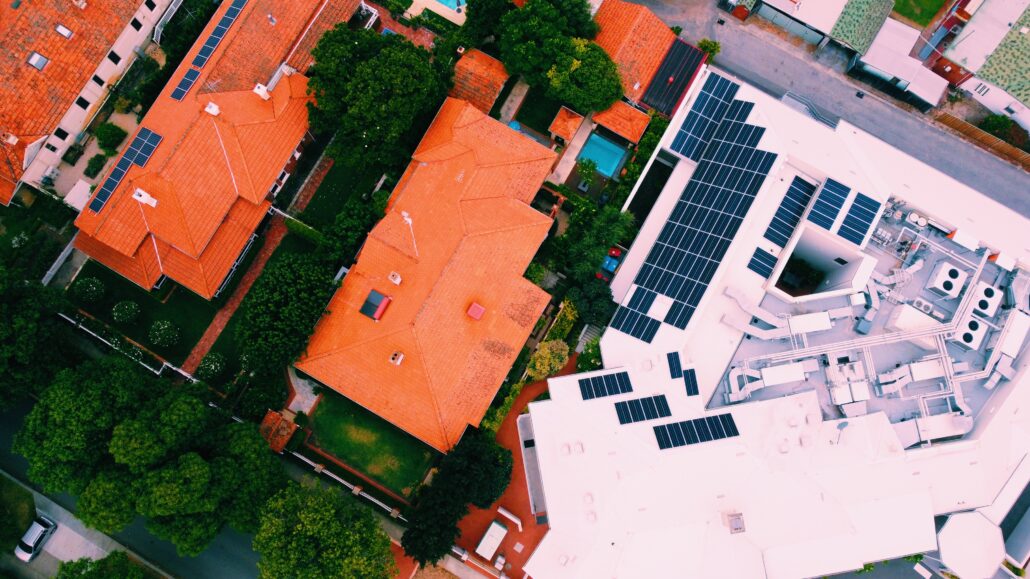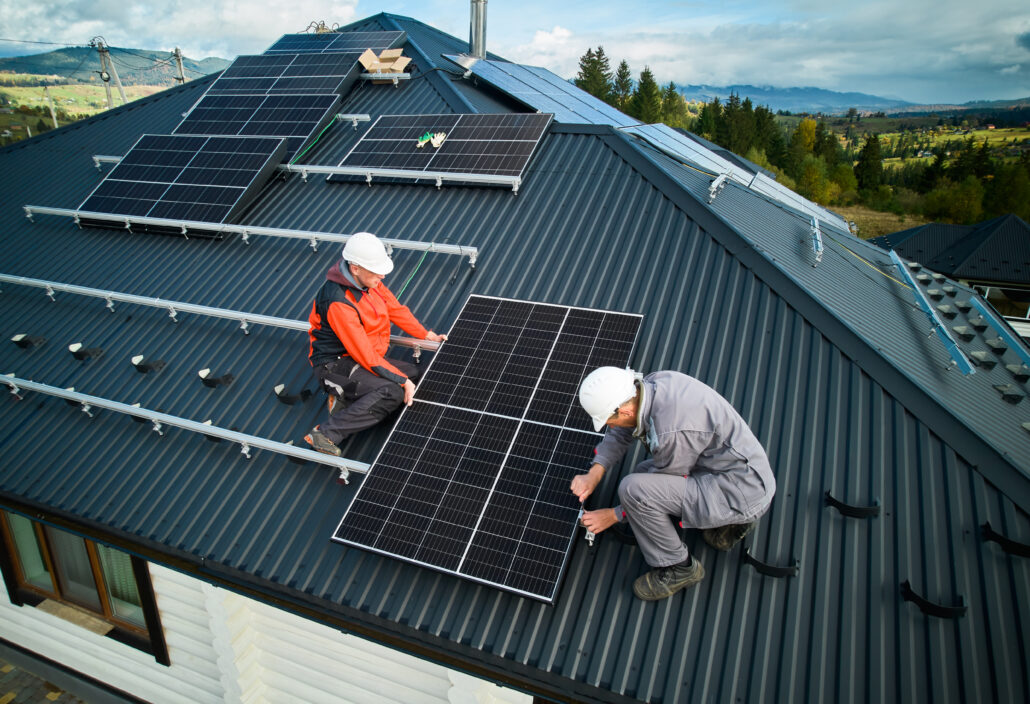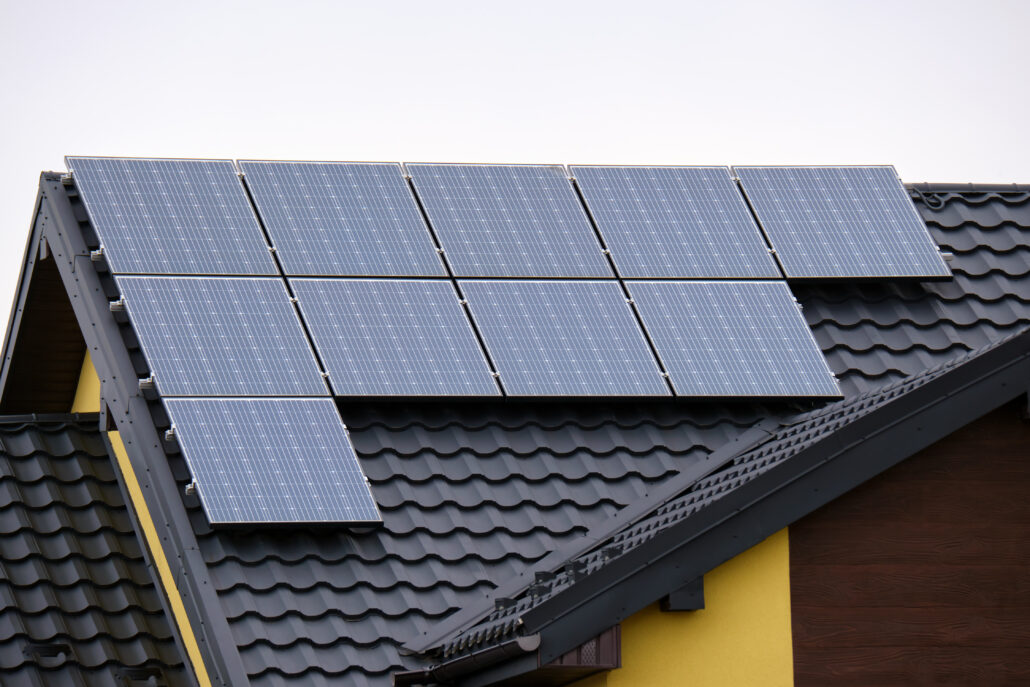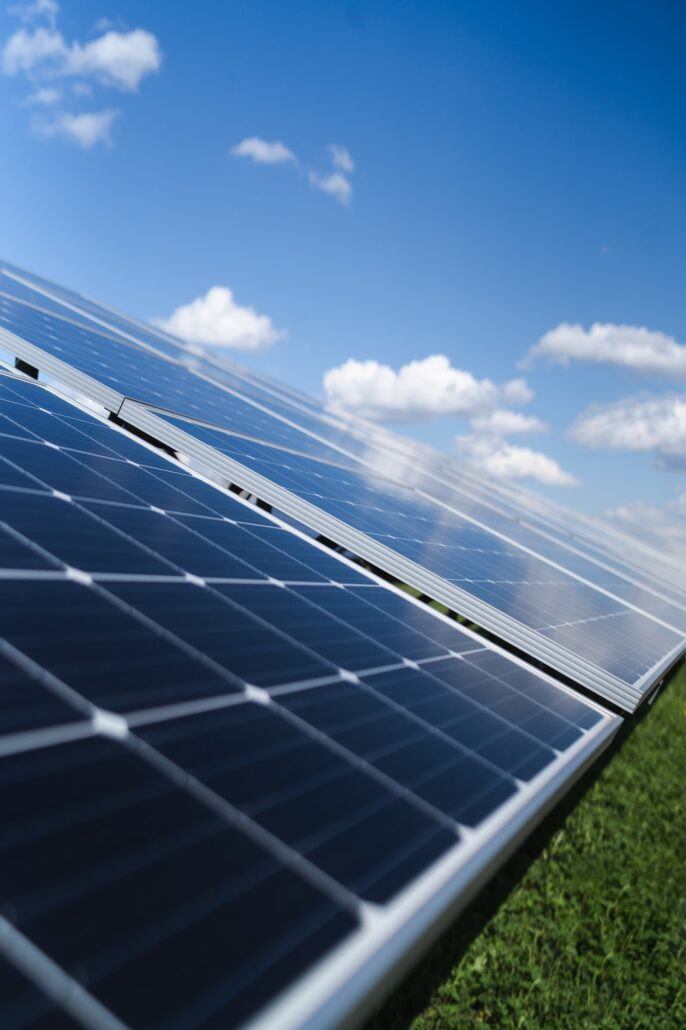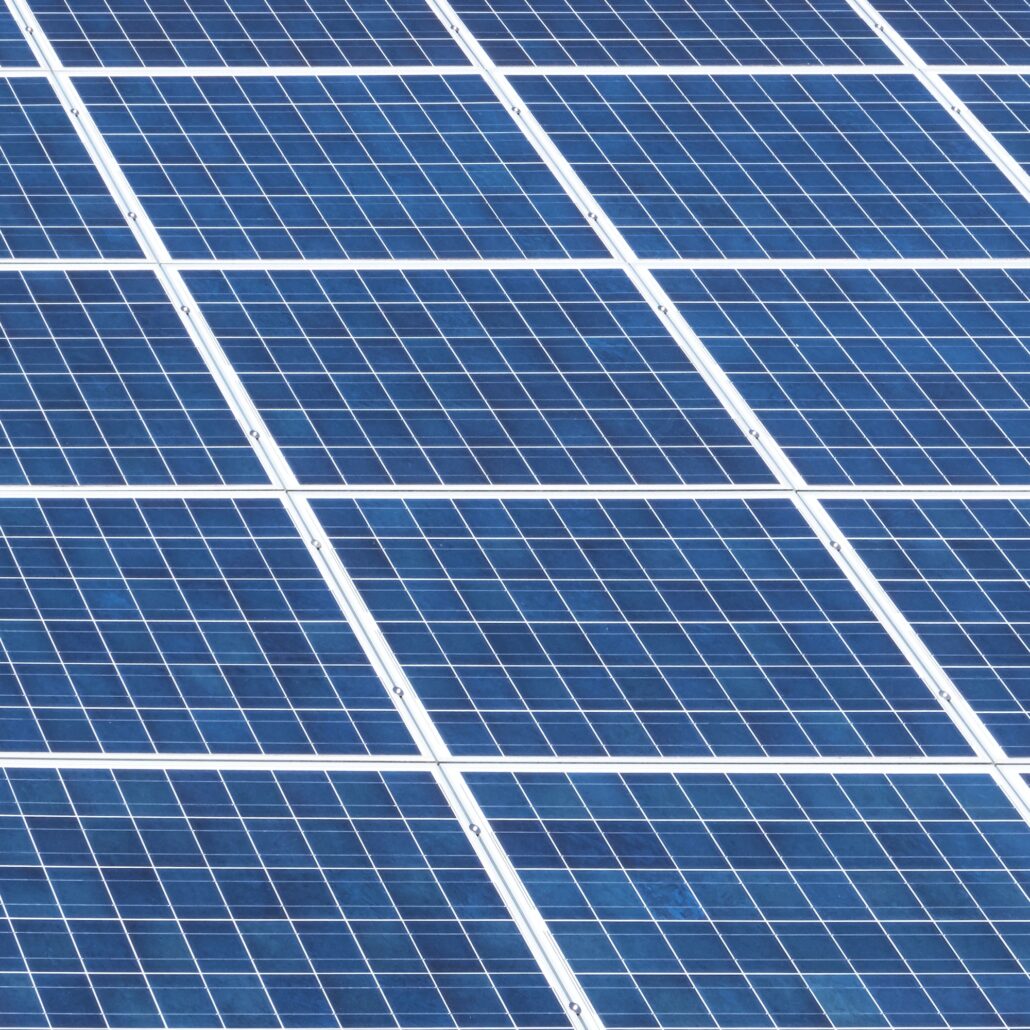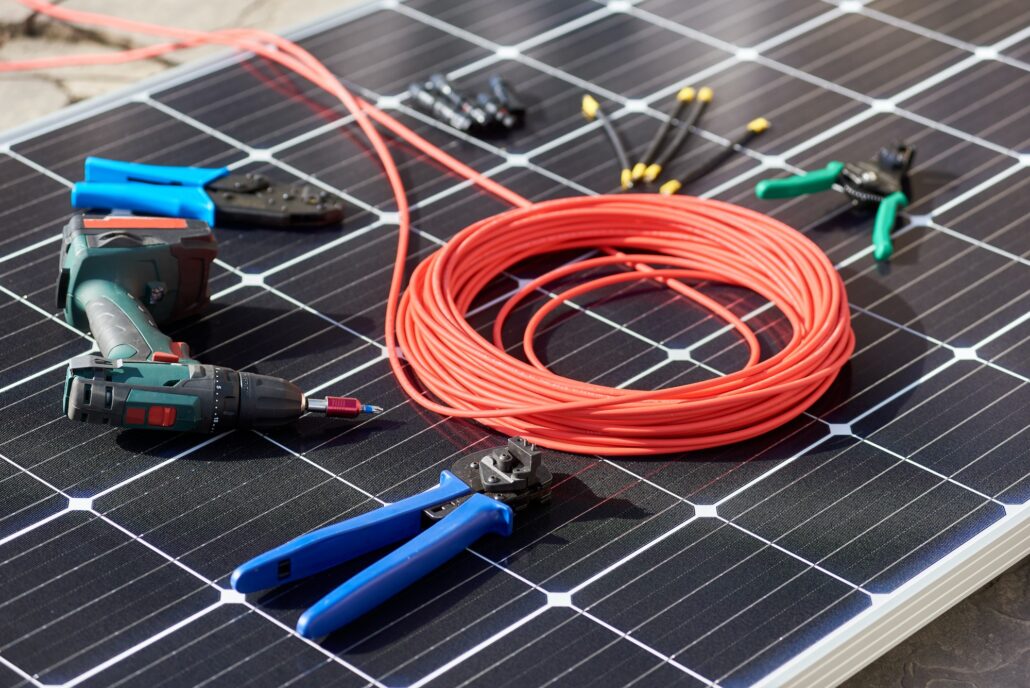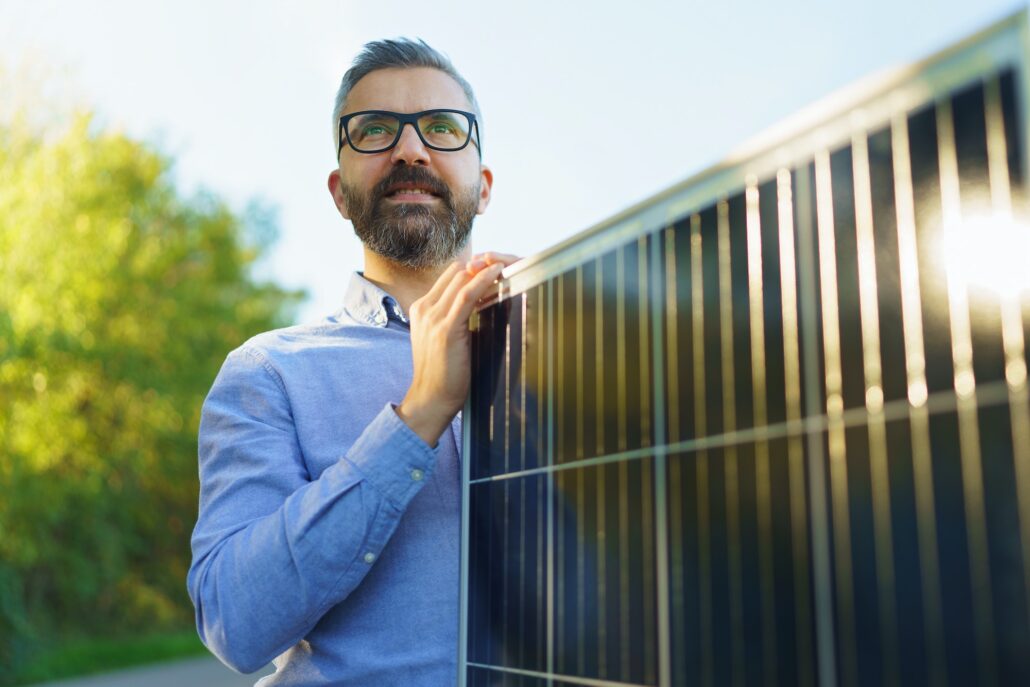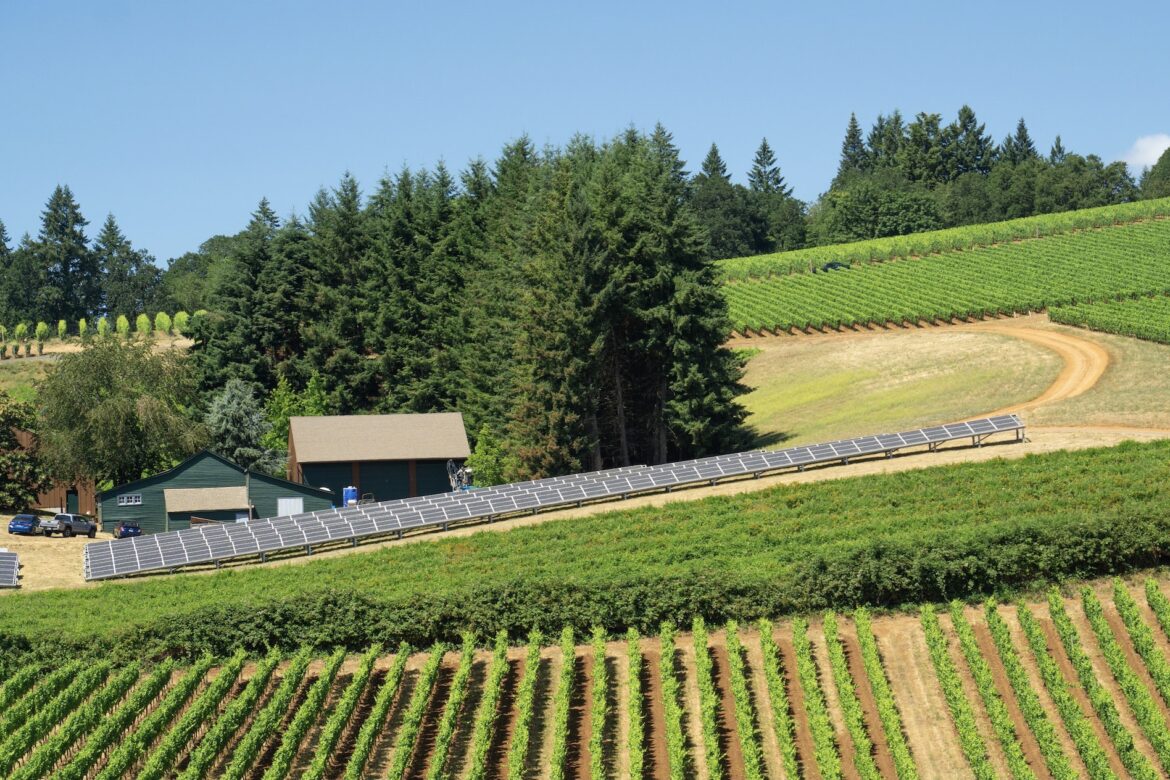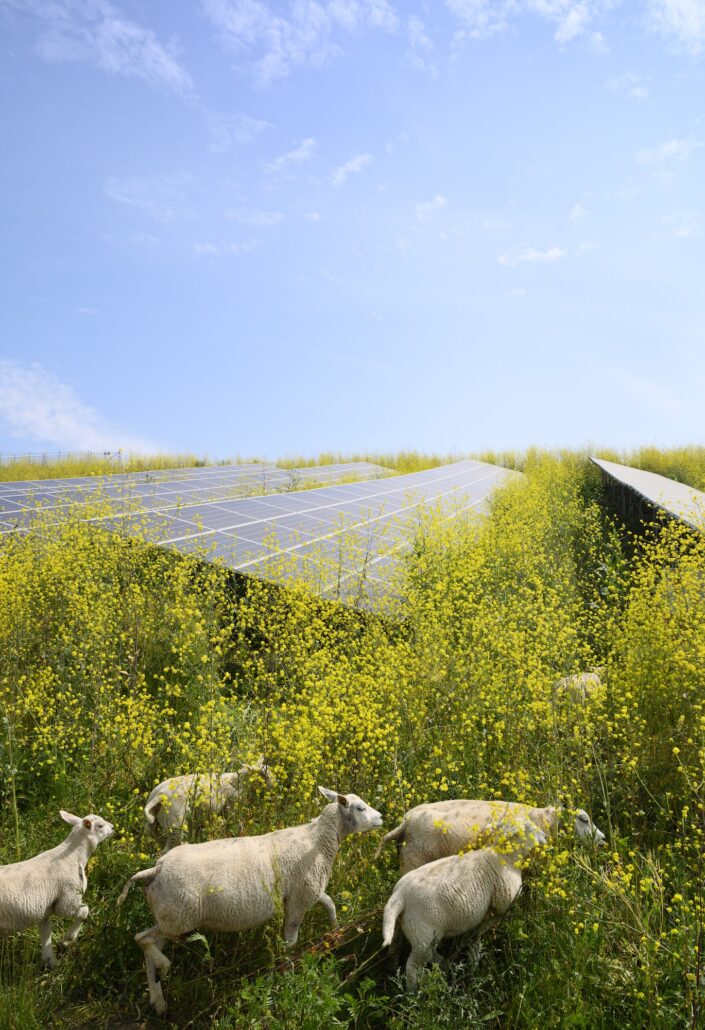The Winter Advantage: Unveiling the Benefits of Solar Panels in Cold Months
In the quest for sustainable energy sources, solar power has emerged as a frontrunner, and constant advancements in technology are making it more accessible and efficient. One such innovation that has gained traction in recent years is solar shingles.
Unlike traditional solar panels, solar shingles seamlessly integrate into the roofing structure, providing a more aesthetically pleasing and space-efficient solution.
In this article, we’ll explore solar shingles, how they differ from traditional solar panels, and weigh their pros and cons.
How Are Solar Shingles Different from Solar Panels?
Solar shingles, also known as solar roof tiles, differ from conventional solar panels in their design and installation. Instead of bulky PV panels mounted on top of existing roofing materials, solar shingles are designed to replace traditional roofing materials, such as asphalt shingles or tiles.
This integration allows for a more streamlined appearance, making solar energy solutions more visually appealing and accessible to homeowners who may have been deterred by the appearance of traditional solar panels.
- Solar shingles consist of PV cells sandwiched between layers of protective material. These cells are designed to capture sunlight and convert it into electricity, just like their panel counterparts.
- The key difference lies in their appearance and the way they seamlessly blend into the overall design of the building.

What are the Key Features of Solar Shingles?
Now that we understand how solar shingles differ from traditional solar panels, let’s check out six key features of solar shingles.
1. Integration with Roofing Materials
Unlike traditional rooftop solar panels, which are mounted on top of existing roofing materials, solar shingles are designed to serve a dual purpose — providing both roofing and energy generation functions. They’re made to resemble and function as regular roofing materials, such as asphalt shingles or tiles, ensuring a seamless integration with the overall architectural design of a building.
2. Photovoltaic Cell Technology
Solar shingles contain embedded photovoltaic cells, which are responsible for capturing sunlight and converting it into electricity. These cells are made from materials like silicon or thin-film technologies, and they generate direct current (DC) electricity when exposed to sunlight.
3. Aesthetic Appeal
One of the primary advantages of solar shingles is their aesthetic appeal. By blending into the roof structure, they offer a more visually pleasing alternative to traditional solar panels, making them an attractive option for homeowners who prioritize the appearance of their homes.
4. Durability and Weather Resistance
Solar shingles are designed to withstand the elements and provide the same level of protection as conventional roofing materials. They are often constructed with durable materials such as tempered glass or other weather-resistant materials, ensuring longevity and resilience against harsh weather conditions.
5. Space Efficiency
Solar shingles utilize the entire surface of the roof for energy generation. This maximization of space can be particularly advantageous for homes with limited roof space or for those seeking to optimize energy production within a confined area.
6. Grid Connection and Energy Storage
Similar to traditional solar panels, the electricity generated by solar shingles can be connected to the grid to supply power to the building. Additionally, homeowners may choose to incorporate energy storage solutions, such as batteries, to store excess energy for later use or during periods when sunlight is not available.
What are the Pros and Cons of Solar Shingles?
While solar shingles offer numerous benefits, it’s important to note that they also come with certain challenges, such as higher upfront costs and potential efficiency limitations compared to traditional solar panels.
Pros of Solar Shingles
- Aesthetic Appeal: Solar shingles are a great option for homeowners who value the visual integration of solar solutions. The ability to mimic traditional roofing materials ensures an aesthetically pleasing appearance.
- Space Efficiency: Solar shingles use the entire roof surface. This maximizes the available space for energy generation and can be particularly advantageous for homes with limited roof space or strict aesthetic requirements.
- Durability: Solar shingles are designed to withstand severe weather and strong winds. They provide the same level of protection as traditional roofing materials and are often made from durable materials such as tempered glass.
- Increased Property Value: Homes equipped with solar may see an average increase in property value of 4.1%. The integration of renewable energy solutions is increasingly attractive to homebuyers looking for energy-efficient features.
Cons of Solar Shingles
- Less Cost-Effective: The higher upfront cost of solar shingles is one of the biggest downsides. Compared to traditional solar panels, the integration of solar technology into roofing materials increases the overall expense of installation.
- Complex Installation: The solar shingles installation process is a bit more complex and time-consuming than installing traditional solar panels. This results in higher installation costs and may potentially require specialized professionals with experience in roofing and solar technology.
- Reduced Efficiency: The efficiency of solar shingles is less than traditional solar panels in terms of energy production. Solar trackers and articulated mounts allow traditional solar panels to receive maximum sunlight, whereas the integrated design of solar shingles limits the angle and orientation of the PV cells.
Despite these considerations, continuous advancements in solar technology aim to address these issues, making solar shingles an increasingly viable and attractive option for those looking to harness solar power while maintaining curb appeal.
Maximize Your Roof’s Potential
Solar shingles represent a promising evolution in solar energy technology. They offer a visually appealing and space-efficient alternative to traditional solar panels. While their higher upfront cost and potential efficiency limitations are factors to consider, the aesthetic integration, increased property value, and durability make them an attractive option for environmentally conscious homeowners.
As technology continues to advance, addressing these challenges may pave the way for wider adoption of solar shingles as a mainstream renewable energy solution. Let Gurr Brothers Roofing help you maximize your roof’s potential, increase the value of your property, and literally turn your home into a powerhouse!
Author: Hunter S.
Interested in Our Solar Services?
Give Gurr Brothers Energy a call today and let’s start powering your life with sunshine!

